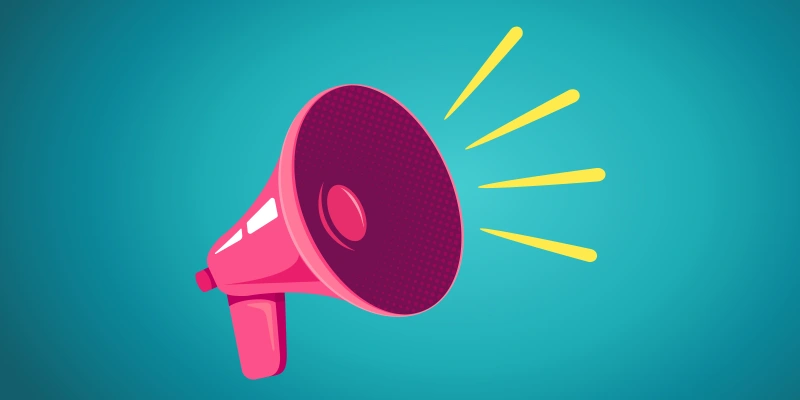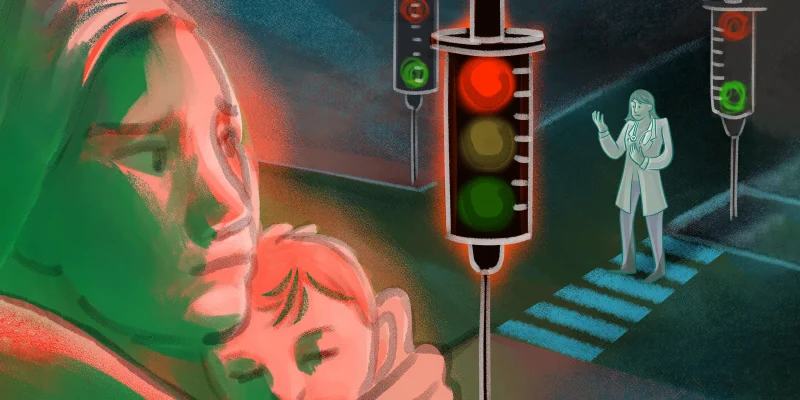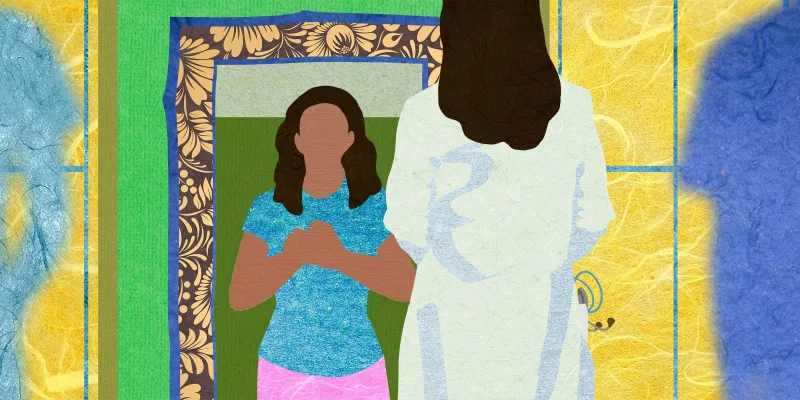Let's be honest. Most of us are not doing a great job communicating with our patients, particularly teenagers. We're seen as bland and out of touch. We rely on outdated technology and stale communication tools. With the explosive rise of the adolescent mental health crisis and the growing use of telemedicine, we need to step up our game to reach at-risk patients.
Fortunately, we don't need to reinvent the wheel. Football, America's most popular sport, has a lot to teach us about connecting with our audience. Doctors and the medical community can learn from the NFL and football and can enhance doctor-patient interactions.
Improving Proper Follow-Up After Medical Advice
One of our top health care challenges is the medical team's lack of proper follow-through. Steven Feldman, MD, PhD, explains in an article for the AAMC, "Doctors are the only people on the planet who have the idea that you can tell people, 'Here, work on this every day, and I'll see you in two or three months.'" In contrast, the NFL exemplifies effective follow-through in repetitive preparation. Through rigorous training regimens and continual performance reviews, NFL teams ensure that players consistently practice the game plan and improve their skills. This repetitive preparation and checking-in can be a model for the medical field, emphasizing the importance of regular follow-up visits and patient engagement in health management.
Mimicking Coach-to-Player Helmet Communications
There can be no doubt that telehealth is taking over. Very few patients would prefer to drive across town during rush hour to see the doctor when they can just hop on their computer in the comfort of their pajamas. Like it or not, telemedicine is here to stay — and its popularity will only increase.
The problem is that most of our medical practices aren't designed for telemedicine. Consider the typical in-office doctor visit. The patient undresses and puts on a gown. The doctor, clad in a white coat and an air of superiority, sits or stands above the patient with folded arms. The hapless patient submits to the doctor's authority, discloses their life and issue, and leaves, thankful to be seen. Not so with telehealth.
In virtual visits, we need different tools to establish authority and rapport. For guidance, we can look at the NFL's use of coach-to-player helmet communications. This technology allows real-time, clear communication between the coach and the player, even amid the chaos of a game. The players listen to and connect with the coach over electronic systems. For doctors, this translates to leveraging technology effectively to maintain clear, concise communication with patients. Just as a quarterback needs to understand and execute complex plays communicated through their helmet, doctors can better use telemedicine tools to ensure patients receive and understand their messages, even from a distance.
Learning From Innovative TV Coverage For Wide Audiences
The NFL connects with and maintains broad audiences (even during 3-plus-hour games) with innovative TV coverage and attention-grabbing technology. They employ multiple camera angles, instant replays, and colorful commentary to generate excitement and a deeper appreciation of the game for viewers. The NFL's approach to broadcasting transforms the game from a spectator sport to an immersive experience.
This strategy is a lesson for doctors in communicating complex medical information. Just as the NFL uses different tools to make the game accessible and engaging for a varied audience, doctors can use diverse communication methods that resonate with their patients. It is time we use more visual aids, simplified explanations, and engaging storytelling techniques — particularly in telemedicine, where the personal connection is through a screen. We should also use more animated video clips to illustrate concepts and explain diseases. For example, when we diagnose a patient with diabetes, we could show them polished, animated explainer videos to teach them about their disease and proper management. When we make our communication more visual and fun, we will increase patient attention and understanding.
Just as the NFL successfully retains the attention of a massive TV audience (including teenagers) with innovative technology and a brisk tempo, doctors can similarly engage their patients more effectively by diversifying their communication strategies and tools. After all, nobody gets too excited by listening to a plain talking head telling them what to do.
Embracing Cross-Disciplinary Learning
With its careful cycles of repetition and feedback, diverse audiences, and dynamic communication strategies, football offers valuable lessons for doctors. As health care continues to evolve, especially with the growing use of telehealth, learning from fields like sports can provide innovative ways to enhance patient interest. Doctors, like successful football coaches and players, can adapt these strategies to improve patient communication, ultimately leading to better health outcomes.
What else can we learn from sports? Share in the comments.
Dr. Gregory Charlop, an Atlanta-based anesthesiologist, is regularly featured in ABC, NBC, CBS, FOX, and Forbes. He is a health care burnout specialist and the founder of The Physician Wellness Project.
Image by wizh.art / shutterstock







